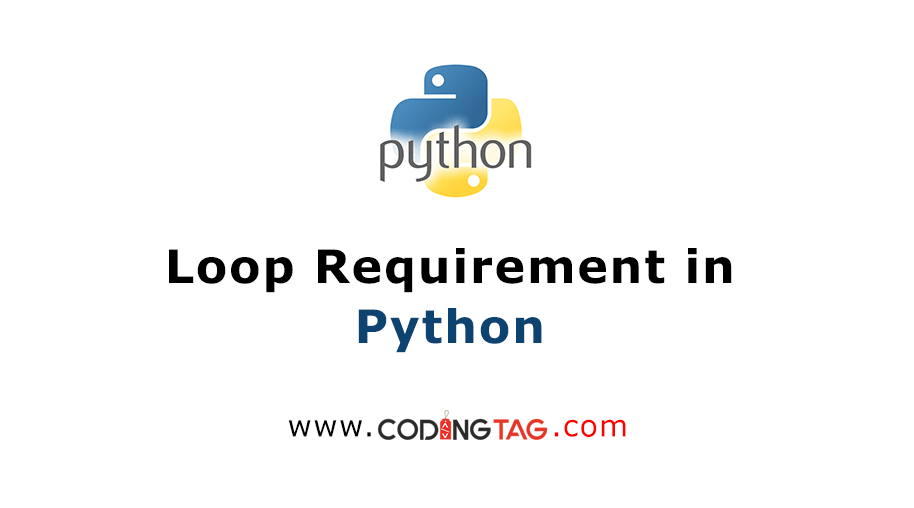Joining NumPy Array
0 126
Introduction
In Python's NumPy library, joining arrays is a fundamental operation, especially when dealing with large datasets. This article explores various methods to join NumPy arrays, including np.concatenate(), np.stack(), and np.block(), providing practical examples to demonstrate their usage.
Using np.concatenate()
The np.concatenate() function is versatile, allowing you to join two or more arrays along a specified axis. By default, it concatenates along axis 0 (row-wise), but you can change the axis parameter to concatenate along other axes.
import numpy as np
arr1 = np.array([1, 2])
arr2 = np.array([3, 4])
result = np.concatenate((arr1, arr2))
print(result)Output:
[1 2 3 4]In this example, two 1D arrays are concatenated along axis 0, resulting in a single 1D array.
Using np.stack()
The np.stack() function stacks arrays along a new axis, which is useful when you want to add an additional dimension to the resulting array.
import numpy as np
arr1 = np.array([1, 2, 3, 4])
arr2 = np.array([5, 6, 7, 8])
result = np.stack((arr1, arr2), axis=1)
print(result)Output:
[[1 5]
[2 6]
[3 7]
[4 8]]Here, two 1D arrays are stacked along a new axis (axis 1), resulting in a 2D array.
Using np.block()
The np.block() function allows you to create nd-arrays from nested blocks of lists, providing a more readable way to construct complex arrays.
import numpy as np
b1 = np.array([[1, 1], [1, 1]])
b2 = np.array([[2, 2, 2], [2, 2, 2]])
b3 = np.array([[3, 3], [3, 3], [3, 3]])
b4 = np.array([[4, 4, 4], [4, 4, 4], [4, 4, 4]])
result = np.block([[b1, b2], [b3, b4]])
print(result)Output:
[[1 1 2 2 2]
[1 1 2 2 2]
[3 3 4 4 4]
[3 3 4 4 4]
[3 3 4 4 4]]In this example, four 2D arrays are combined into a larger 2D array using np.block().
Practical Applications
Joining arrays is commonly used in data preprocessing, such as combining features from different datasets or merging outputs from different models. Understanding these functions allows for more efficient data manipulation and analysis.
Conclusion
NumPy provides several methods for joining arrays, each suited to different scenarios. By mastering functions like np.concatenate(), np.stack(), and np.block(), you can efficiently manipulate and combine arrays to suit your computational needs.
If you’re passionate about building a successful blogging website, check out this helpful guide at Coding Tag – How to Start a Successful Blog. It offers practical steps and expert tips to kickstart your blogging journey!
For dedicated UPSC exam preparation, we highly recommend visiting www.iasmania.com. It offers well-structured resources, current affairs, and subject-wise notes tailored specifically for aspirants. Start your journey today!

Share:






Comments
Waiting for your comments